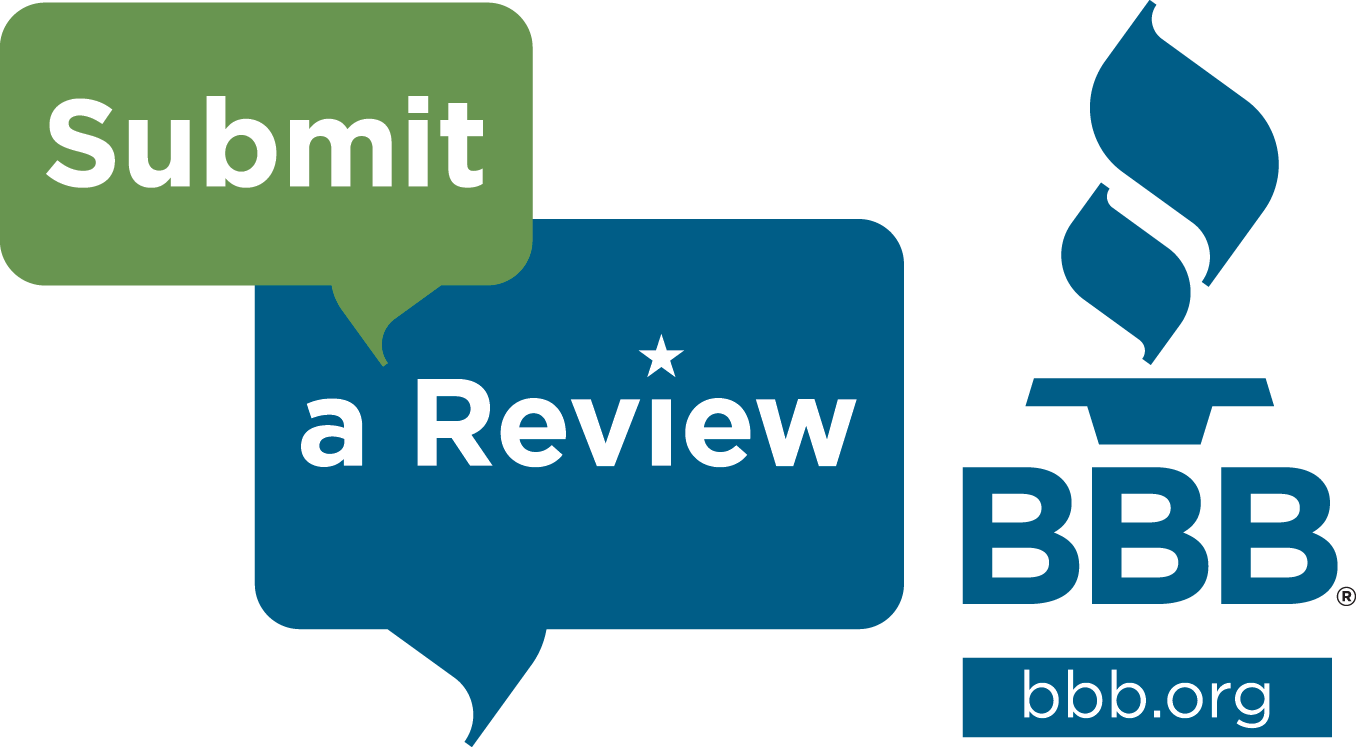Get Smart About Credit
The third Thursday in October is recognized as national Get Smart About Credit Day. This day is meant to bring awareness about credit, common mistakes and ways to build or improve your credit. While there are many ways to build and improve credit, we’ve taken a moment to highlight a few.
Pay on Time
First, pay your bills on time. While you usually have 30 days before a bill is considered late, it’s best to pay it on the date arranged. By paying your bills on time consistently, you’re improving your score and also showing lenders that you are responsible at making payments.
Usage
A helpful tip is to keep the utilization of your credit to 30% or less. For example, if you have one credit card with a $1,000 limit, using $300 or less will keep you at 30% utilization. Ideally, a person would utilize 10% or less to raise scores.
Don’t Close Unused Accounts
If you have a card that is paid off or doesn’t get much use, consider leaving it open. Unless the card comes with a high annual fee or another financial burden, do not close it. Leaving the card open will give you a higher amount of available credit which will help keep utilization low. Leaving these accounts open may help with the number of accounts and length of account history which also play a part in credit scoring.
Experian Boost
A newer way to build and improve credit is through Experian Boost. This allows a person who has paid their utility or cell phone bills on time to have it reported toward their credit score so if you’re paying your bills, you’re improving your credit score.
Authorized User
If you don’t have credit and need to jumpstart your credit history, look into having someone add you as an authorized user on their account. As long as this person is utilizing their card correctly, making payments on time and being a responsible user, your credit will begin to build.
Secured Credit Card
Another way to build credit is to get a secured credit card. With a secured credit card, you put down your own money and use the card as a normal credit card but you’re borrowing against yourself instead of a creditor. For example, if you put $500 on a secured credit card, it acts as if you have a $500 limit. This should still be treated as a line of credit—make payments on time and keep the usage under 30%.
These are just a few tips that Chris Wharton of First Ohio Home Finance-Short North shared in his National Get Smart About Credit video. Credit plays such a large part in the home-buying process so we want to make sure we’re helping you get into the best financial shape for your future. For more information, visit us online.













